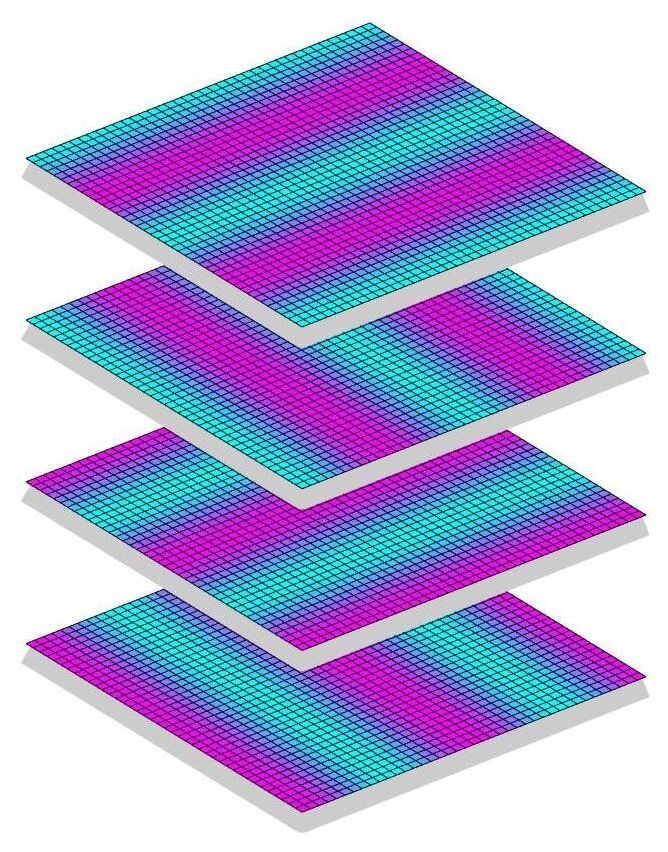Scientists seeking to understand the mechanism underlying superconductivity in “stripe-ordered” cuprates—copper-oxide materials with alternating areas of electric charge and magnetism—discovered an unusual metallic state when attempting to turn superconductivity off. They found that under the conditions of their experiment, even after the material loses its ability to carry electrical current with no energy loss, it retains some conductivity—and possibly the electron (or hole) pairs required for its superconducting superpower.
“This work provides circumstantial evidence that the stripe-ordered arrangement of charges and magnetism is good for forming the charge-carrier pairs required for superconductivity to emerge,” said John Tranquada, a physicist at the U.S. Department of Energy’s Brookhaven National Laboratory.
Tranquada and his co-authors from Brookhaven Lab and the National High Magnetic Field Laboratory at Florida State University, where some of the work was done, describe their findings in a paper just published in Science Advances. A related paper in the Proceedings of the National Academy of Sciences by co-author Alexei Tsvelik, a theorist at Brookhaven Lab, provides insight into the theoretical underpinnings for the observations.
